
Nov 22, 2022
0 Comment by ViewersWith human mistake accounting for 95% of cybersecurity breaches, controlling employee cyber risk is critical for your company to avoid a user-related data leak and demonstrate regulatory compliance. Ongoing security awareness training that educates end-users on how to recognize and resist new threats, as well as best practices for remaining security-savvy, is a critical component of a solid human risk management (HRM) program.
However, selecting to initiate this form of training raises several typical problems, not the least of which is determining which security awareness training subjects to include.
This post will teach you which subjects should be included in your core security awareness training library for 2022, as well as how you can start teaching your employees on these topics right away.

Phishing is still one of the most successful ways for cybercriminals to strike. After doubling in 2020, phishing assaults climbed continuously throughout 2021, with remote work making it more difficult for firms to verify their users aren’t falling victim.
But, in 2022, why is phishing still such a danger to businesses?
One key reason is the sophistication of these sorts of assaults. Attackers are now employing more sophisticated methods to dupe employees into revealing critical data or downloading harmful documents.
Business email compromise (BEC), for example, is a typical type of phishing that employs prior information on a specific individual — such as a company’s top executive — to develop an assault that may be exceedingly difficult to differentiate from a legitimate email.
When you combine these more clever assaults with the prevalent belief that phishing is “simple to notice,” it’s no surprise that many firms are expected to experience a phishing-related breach in 2022.
Employees must be trained on how to detect current phishing attempts and how to report phishing assaults as soon as they suspect they have been targeted.

Removable media is another security awareness subject that businesses employ on a regular basis. It is a portable storage medium that allows users to transfer data to one device and then move it to another, and vice versa. When end customers connect in a USB device carrying malware, the infection might be discovered.
“Nearly 300 USB sticks were dropped on the University of Illinois Urbana-Champaign campus by researchers. Ninety-eight percent of these drives were picked up! Furthermore, 45% of these drives were not only picked up, but people clicked on the contents they discovered within “*
Your staff must understand the hazards as well as how to utilize these devices safely and ethically in your organization. A corporation may elect to employ removable media in their environment for a variety of reasons. However, like with any technology, there will always be hazards. It is critical that your personnel secure the data on these devices in addition to the devices themselves. All data, whether personal or corporate, has some monetary worth.
A few common examples of removable media you and your employees might use in the workplace are:
This security awareness topic should be included in your training and cover examples of removable media, why it’s used in businesses, as well as how your employees can prevent the risks such as lost or stolen removable devices, malware infections and copyright infringement.

Password security is a basic but frequently ignored component that may assist your company’s security. Malicious actors will frequently guess commonly used passwords in the intention of acquiring access to your accounts. Employees who use basic passwords or have recognised password patterns make it easy for cyber-criminals to access a wide range of accounts. Once stolen, this information can be made public or sold for profit on the deep web.
Using random passwords makes it considerably more difficult for hostile actors to obtain access to a variety of accounts. Other measures, such as two-factor authentication, provide further levels of protection to protect the account’s integrity.
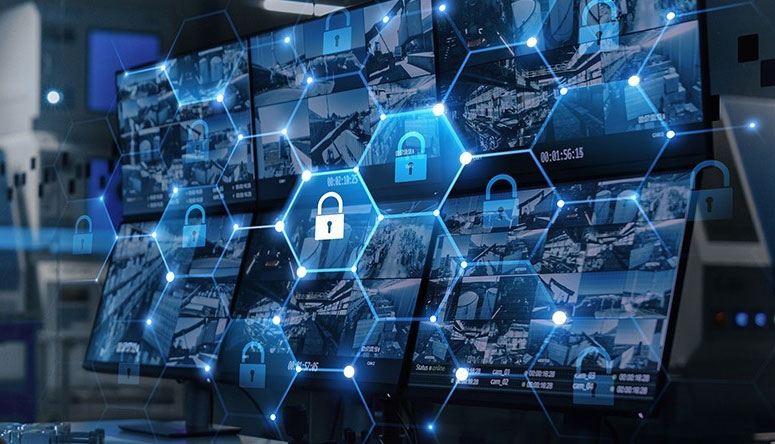
If you’re one of those persons who keeps their passwords on sticky notes on their desk, you should get rid of them. Keeping crucial physical documents secure is critical to the integrity of your company’s security system, even if many attacks are likely to occur through digital channels.
Simply being aware of the dangers of leaving papers, unattended laptops, and passwords lying about the workplace or at home will help to lessen the security risk. Implementing a ‘clean-desk’ strategy may greatly minimize the risk of unattended papers being taken or copied.

The evolving landscape of IT technology has increased the capacity for flexible working settings while also allowing for more sophisticated security assaults. With more individuals now able to work on the move through mobile devices, greater connectivity has raised the potential of security breaches. For smaller businesses, this can be an efficient approach to save money; nevertheless, user-device responsibility will become an increasingly important feature of training in 2022, particularly for traveling or remote personnel. With the introduction of harmful mobile apps, the chance of mobile phones harboring malware has grown, potentially leading to a security breach.
Best practice online courses for mobile device workers can assist educate staff on risk avoidance without requiring expensive security mechanisms. In the event that a mobile device is lost or stolen, important information should always be password-protected, encrypted, or safeguarded with biometric authentication. Employees who operate on their own devices must be trained on the safe use of personal gadgets.
The best community practice is to require workers to sign a mobile security policy.
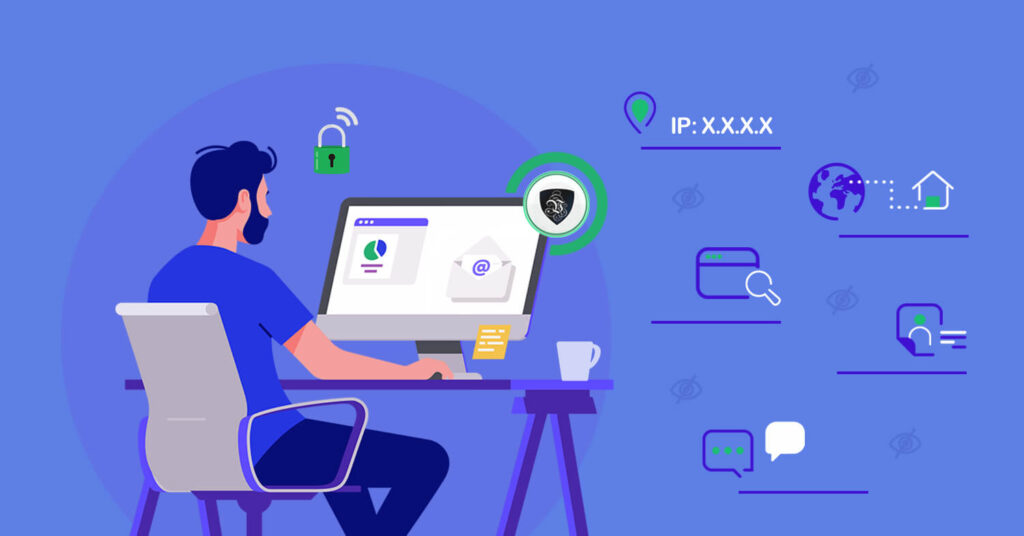
In 2021, the clear necessity for remote working, along with rising adoption. Led to many organizations taking radical moves toward full-time work-from-home rules. Remote working may be beneficial to businesses and empowering for people, encouraging improved productivity and better work-life balance. This development, however, increases the danger of security breaches when employees are not properly trained on the risks of remote working. Personal devices used for work should be kept secured while not in use and should have anti-virus software installed. If a corporation wishes to provide this incentive, it should prioritize teaching remote employees on safe workplace practices.
This trend is expected to continue until 2022. Though we want to see offices reopen and normal working life resume. Firms are increasingly hiring remote employees, and individuals who have acclimated to the WFH lifestyle may prefer to work this way. It is clear that personnel must be trained to understand and manage their own cybersecurity. As we’ve seen there is a rising danger environment targeting these folks. A crucial element of 2022 is ensuring that they keep security at the forefront of their minds.

Some employees who need to work remotely, travel on trains, or work on the go may require additional training in learning how to use public Wi-Fi connections properly. Fake public Wi-Fi networks, which frequently masquerade as free Wi-Fi in coffee shops, might expose end-users to inputting sensitive information into insecure public servers.
Educating your users on the proper usage of public Wi-Fi and common warning signs of a possible scam will raise company awareness and reduce risk. WIRED magazine offers a useful guide on avoiding the dangers of public Wi-Fi.
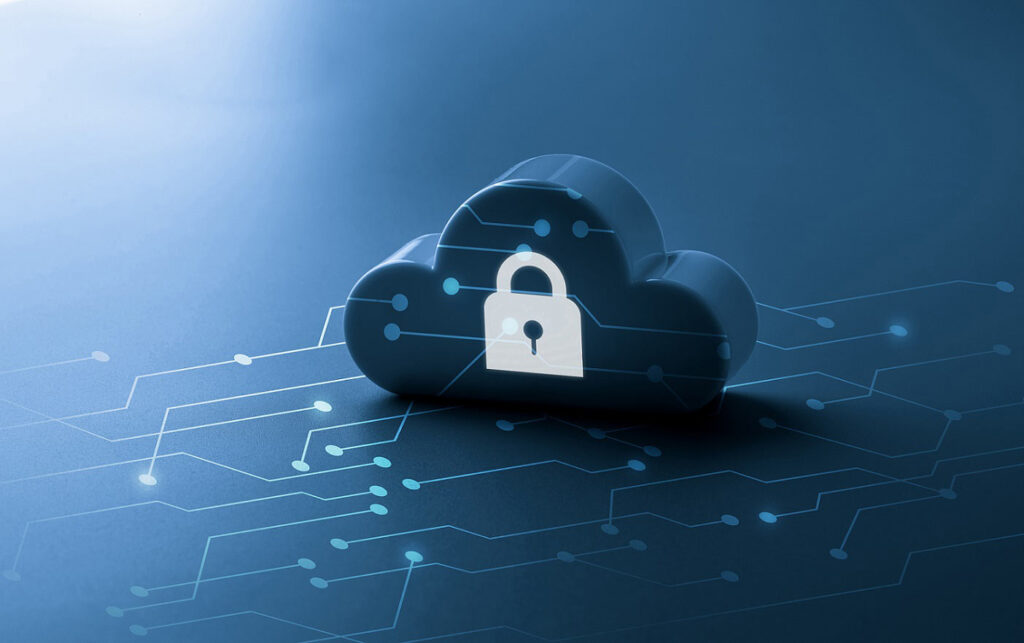
Cloud computing has transformed the way data is stored and accessible in enterprises. These digital applications are altering enterprises; nonetheless. The potential of big-scale hacking increases as enormous volumes of sensitive data are kept remotely. Many large corporations are attempting to preserve their data. But by selecting the correct cloud service provider, cloud storage may be a lot safer and more cost-effective option to store your company’s data.
Insider hacking, like the other concerns highlighted, is a far bigger threat than large-scale cloud firms. Gartner expects that by next year, the end user will be responsible for 99% of all cloud security problems. As a result, cyber security awareness training may assist employees in making secure use of cloud-based technologies.
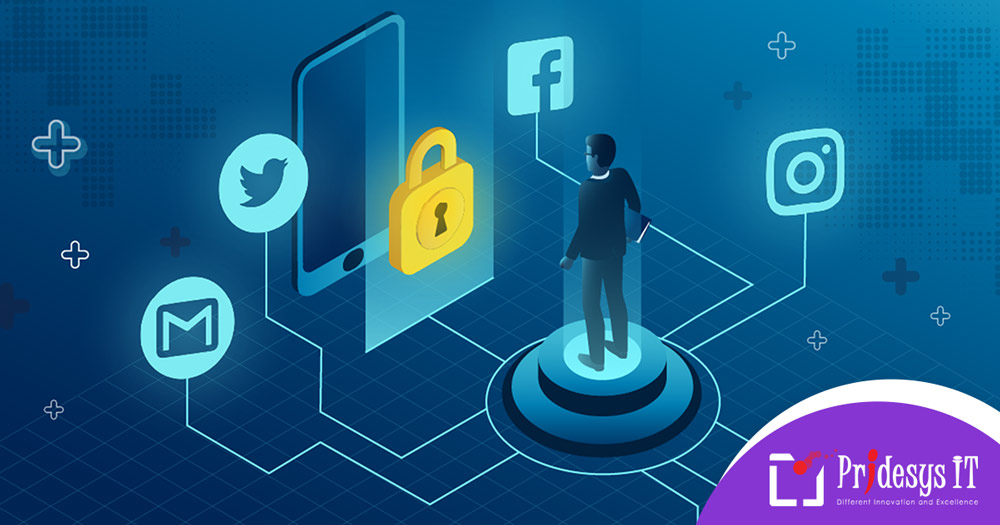
We all share significant portions of our life on social media, from holidays to activities to work. However, oversharing might expose important information, making it easier for a hostile actor to appear as a trustworthy source.
Educating employees on how to protect the privacy settings on their social media accounts and preventing the spread of public company information will reduce the risk of hackers gaining leverage from this access to your personal network.
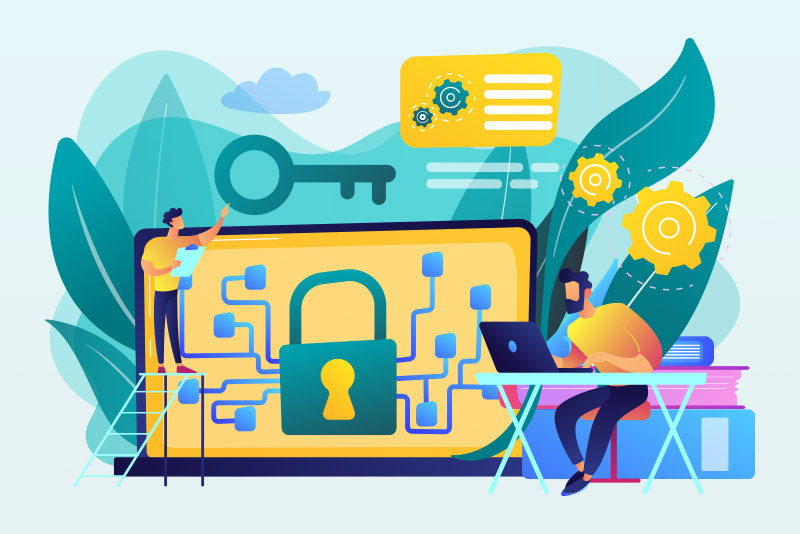
By utilizing basic or repetitive emails for several accounts, some employees may have already been exposed to data breaches. According to one survey, 59% of end users use the same password for all accounts. This implies that if one account is compromised, a hacker may use the same password to obtain access to all of the user’s information on the other accounts.
Because free software tainted with malware is frequently offered on websites. Downloading apps from reliable sources is the best approach to safeguard your computer from installing any harmful software. Educating staff on safe internet habits should be a significant aspect of any IT introduction; while this training may seem apparent to some. It is a critical component of any security program’s safety.
Many prominent websites have experienced significant data breaches in recent years; if your information was submitted into these sites, it might have been made public, exposing your personal information.

Social engineering is a frequent tactic used by bad actors to acquire the trust of workers by giving lucrative baits or impersonating others in order to obtain vital personal information. To resist these dangers, employees must be taught on security awareness subjects such as the most prevalent social engineering tactics and the psychology of influence (for example, scarcity, urgency, and reciprocity).
Private information, for example, might be mistakenly given to these hostile actors by appearing as a feasible customer or giving incentives. It is vital to raise staff knowledge of the hazard of these impersonations in order to reduce the risk of social engineering.

Unfortunately, the threat posed by malevolent actors does not end once you leave the office. Many businesses enable their staff to use personal devices. Which saves money and allows for more flexible working hours; nevertheless, there are hazards involved with this. Malware downloaded on personal devices might jeopardize the integrity of the company’s network if, for example, log-in credentials are compromised.
Furthermore, the expanding network of digital resources available to employees and businesses has enhanced connectedness and productivity. These programs, however, represent a risk to the user. According to a Propeller research, phishing tactics targeting Dropbox had a 13.6% click-through rate. Reduce the risk by increasing staff understanding, exchanging encrypted material, and verifying downloads.